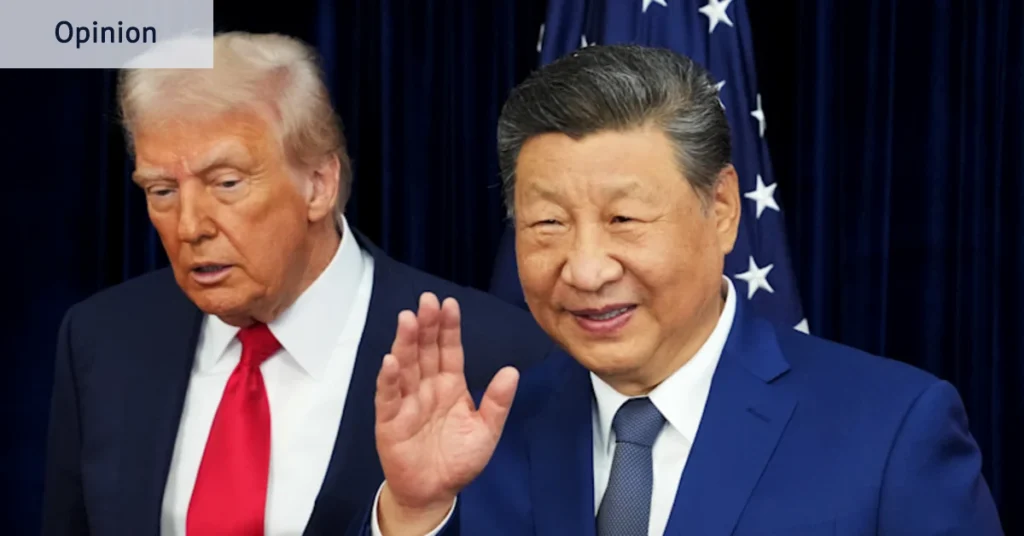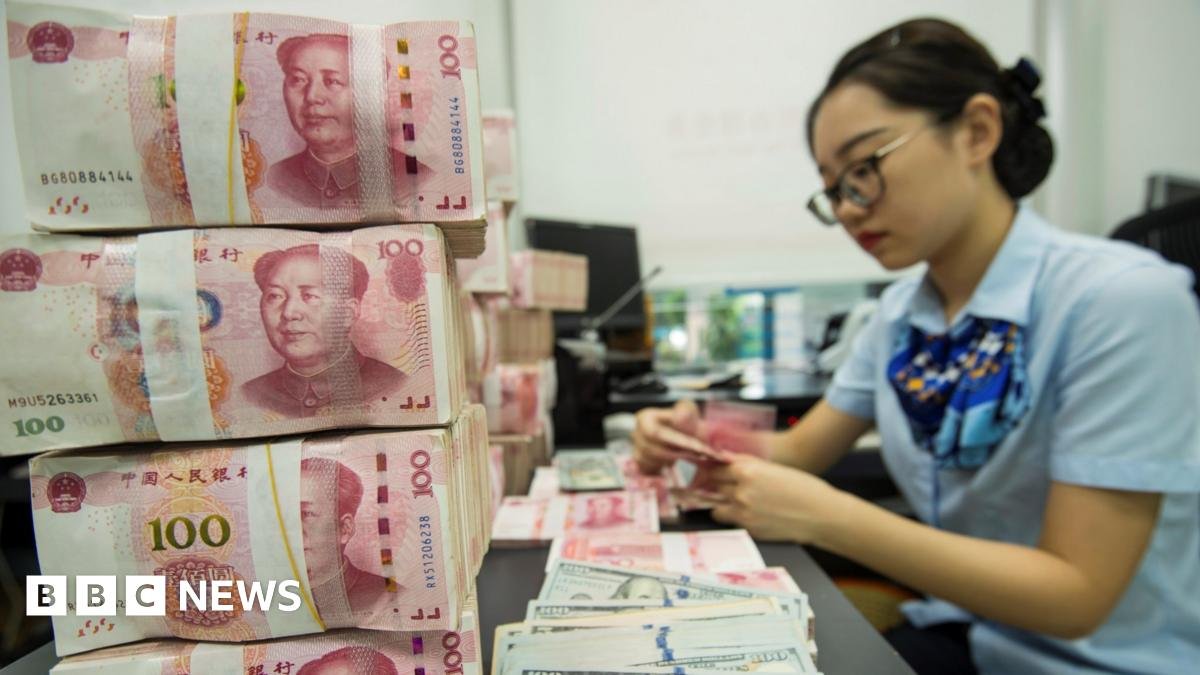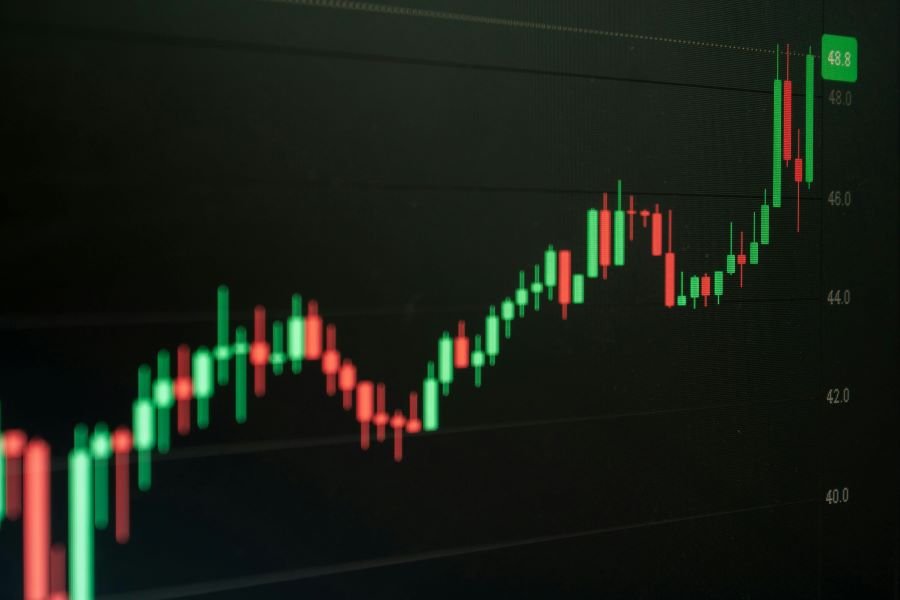Its efforts to encourage greater usage of the yuan have been multi-faceted.
It has been “encouraging” companies and countries that it trades with to settle in yuan. It has struck oil deals with Middle Eastern oil producers using yuan rather than, as has historically been the case in the oil market, US dollars. Much, if not most, of its trade with Russia is now settled with yuan.
Overall, about 30 per cent of its $US6.2 trillion-plus global trade in goods is now settled in its own currency, although its global market share in trade finance of less than 6 per cent is a fraction of the United States’, with the dollar used for about 55 per cent of trade finance transactions and nearly 90 per cent of global foreign exchange transactions.

Beijing began trying to increase usage of the yuan as an international currency after the global financial crisis in 2008, concerned that money-printing by the US and European central banks was devaluing its foreign exchange reserves.Credit: Bloomberg
The yuan is also being increasingly used in offshore lending, with Chinese banks’ external yuan holdings of loans, deposits and bonds quadrupling to $US480 billion in the past five years, according to the Financial Times.
That’s nearly half the $US1 trillion or so China has lent under its Belt and Road program – it is the world’s largest creditor – with what was initially dollar-denominated debt steadily being converted to yuan-denominated loans.
Loading
With China’s interest rates at least 2 percentage points lower than the equivalent US securities – China’s 10-year bond rate is 1.8 per cent against the US’s 4.14 per cent – developing economies in Africa, Asia and South America are refinancing their loans to significantly lower their interest costs.
The ultra-low interest rates, a stable yuan and sharemarkets that have risen more than 20 per cent this year also make China’s bond market an interesting source of cheap funding for international investors.
China has currency swaps now with more than 50 countries, which enables central banks to exchange their currencies for yuan or vice versa on demand and China has also built its own alternative – CIPS, or the Cross-Border Interbank Payment System – to the dominant SWIFT financial messaging service used for almost all global financial transactions.
While it still has only a small share of global transaction and foreign exchange reserves (about 2.4 per cent) relative to the US dollar, the yuan is building liquidity and momentum and it’s clear that Beijing wants to significantly expand its presence in the global system.
The People’s Bank of China has maintained a stable and strong yuan policy this year, despite its deleterious impact on China’s competitiveness and its revenue from exports, to support its appeal to foreign investors, borrowers and other central banks.
Dollar dominance’s foundations are America’s deep and liquid financial markets, free movement of capital, a free-floating currency and, leaving aside the controversies surrounding Donald Trump’s Department of Justice, a generally trusted legal and justice system.
That’s a contrast with the US, where the dollar plunged about 11 per cent against the value of a basket of its major trading partners’ currencies in the first half of this year. It has since clawed back some of that value, but is still down about 9 per cent.
The modest fall in the Federal Reserve Board’s policy rate and expectations of further cuts might be part of the explanation for that decline.
Probably more influential, however, have been the hostile and erratic trade policies the Trump administration has pursued against the rest of the world, America’s swelling tides of deficits and debt and the potential for debasement of the currency as a way of managing them, the dysfunctional Congress and the threats to the independence of the Fed.
The stability of the yuan and the orderly way it is being managed provide a sharp contrast.
There’s no doubt that China can and will continue to increase usage of the yuan in global trade and finance, but there are some limiting factors if it ever wants to seriously challenge, or even significantly erode, the dominance of the US dollar.

China’s insistence on a proportion of BHP’s sales being paid for in yuan was a clear escalation of its ambition of eroding the dominance of the US dollar in global financial and economic activity.Credit: Bloomberg
Its bond market is a fraction of the size of the US Treasury market, its strict capital controls (loosened marginally in recent years) constrain free movement of capital and its legal and judicial systems are opaque, intimidating and, it would seem, influenced by political considerations.
Loading
Dollar dominance’s foundations are America’s deep and liquid financial markets, free movement of capital, a free-floating currency and, leaving aside the controversies surrounding Donald Trump’s Department of Justice, a generally trusted legal and justice system.
China does plan, it has said, to free up capital controls, but their complete removal is improbable, given that the party wants to maintain tight control of capital outflows. It is even less likely that it will develop a Western-style legal and judicial system.
By offering an alternative to the US dollar, however, it can solidify its links with developing countries and the growing “Global South” group of countries bound together by distrust of the US and fear of a weaponised dollar.
That will further China’s geopolitical ambitions and weaken the already Trump-weakened status of the US and the dollar in global affairs.







